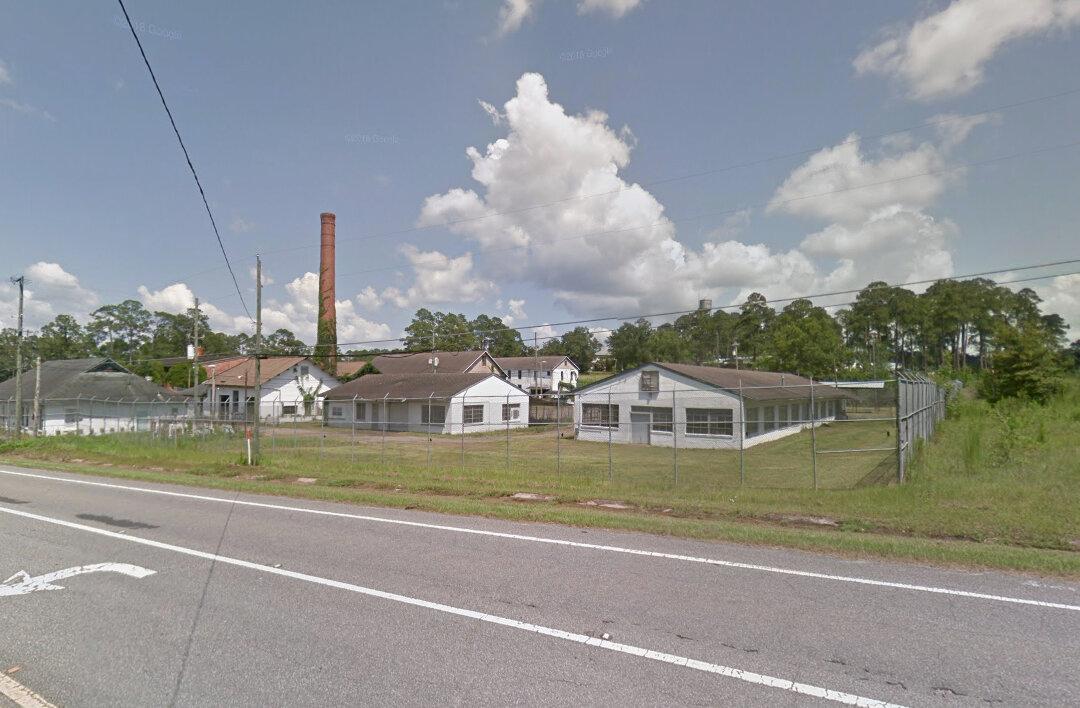Contractors stumbled across what they suspect are 27 clandestine graves at a Florida reform school with a dark history of abuse.
The Dozier School for Boys was shut down in 2011 after a hundred-year history of suspected physical and sexual abuse of the students.





